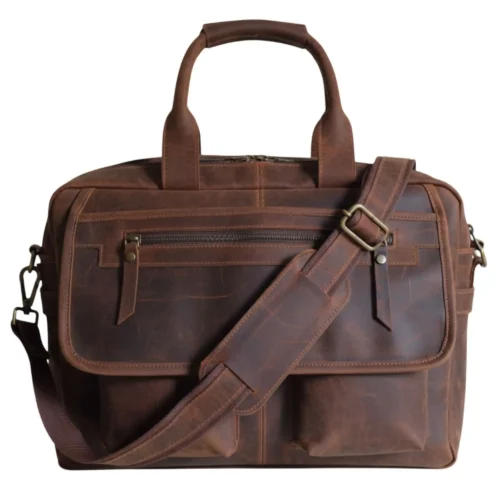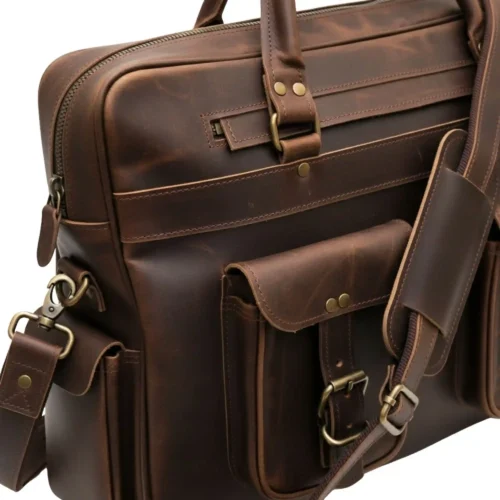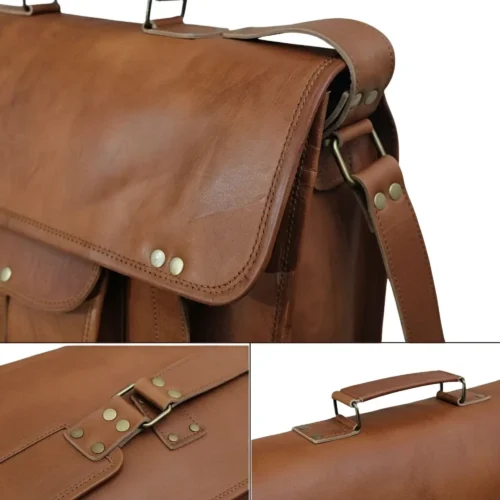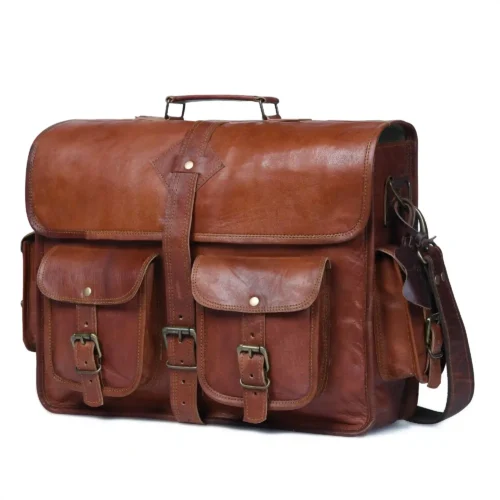
🚛 FREE SHIPPING | LIFETIME REPAIR WARRANTY | 20% Sale: “FREEDOM20”
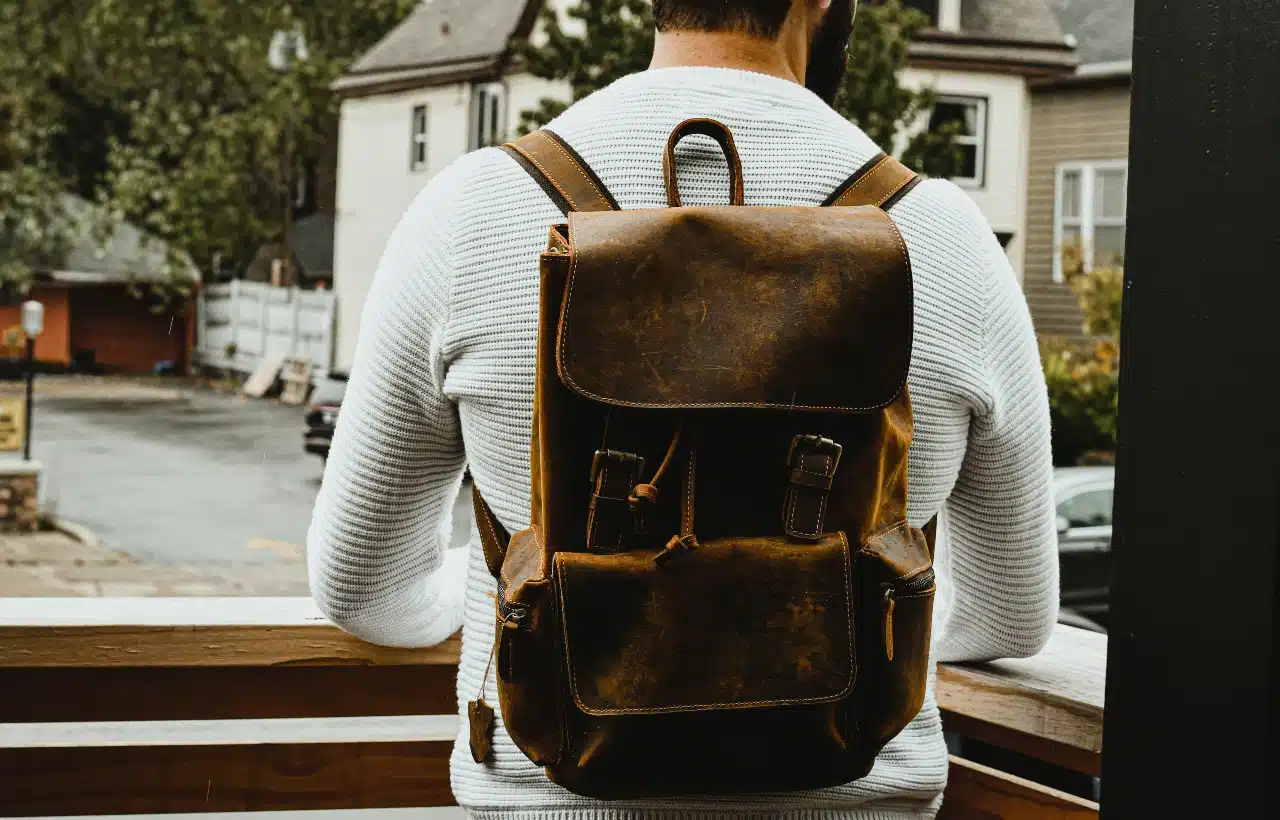
Have you ever seen an old photograph of a trekker on a mountain trail? Perhaps they carried a sturdy, simple backpack, often made of canvas or leather. It looked like it had seen countless adventures, right? These aren’t just old bags. They are vintage hiking backpacks, and they are making a big comeback.
Why are these old-school packs becoming popular again, especially when modern backpacks are so advanced? It’s not just about looking good. There’s a true allure to vintage hiking packs. They offer a unique blend of durability, heritage, and a simple, classic style that many modern bags simply cannot match. Let’s explore why these backpacks are so special and whether one might be right for your next outdoor adventure.
When we talk about vintage hiking backpacks, we generally mean packs made several decades ago. These are typically from the mid-20th century, say from the 1950s to the 1980s. They come from a time before lightweight synthetic fabrics became common.
Instead, you would find materials like heavy-duty waxed canvas, sturdy cotton duck, and even genuine leather. Frames, if present, were often external. They were made from aluminum or even wood. The design was more about function and robustness than about fancy features. These bags were built to last, often through harsh conditions.
One of the biggest differences you’ll notice in a vintage hiking backpack is the quality of its construction. Back then, products were often made to be repaired, not replaced. This means thicker stitching, reinforced stress points, and materials that stand up to wear and tear.
Waxed canvas, for example, is incredibly tough and naturally water-resistant. Over time, it develops a beautiful patina, telling the story of its journeys. Leather straps and accents add to their strength and unique character. They also offer a comfortable feel over time as they mold to your body. These materials are also sustainable choices. They are often natural and long-lasting, reducing the need for new production.
Modern backpacks often focus on being ultralight. This is great for speed and reducing strain, but sometimes it comes at the cost of durability. Vintage backpacks, on the other hand, prioritize strength above all else. They were designed for serious expeditions where failure was not an option.
Imagine carrying all your gear for weeks on end. You might be trekking through thick jungles or over rocky terrain. A bag that rips or breaks is a major problem. Vintage packs were built with this in mind. Their robust materials like thick canvas and strong metal hardware can withstand significant abuse. Many packs from 50 or 60 years ago are still fully functional today, a testament to their enduring quality.
Of course, a vintage bag might need some care. You might need to re-wax the canvas or condition the leather. But with a little maintenance, these packs can easily outlast several modern counterparts. This long lifespan also makes them a more economical choice in the long run.
Beyond their practical benefits, vintage hiking backpacks carry a sense of history. Each scuff, faded spot, or worn patch tells a story. Perhaps a scuff on the canvas came from a scramble up a rocky peak decades ago, or a faded spot marks where an explorer rested their hand countless times on a long journey. They evoke a feeling of nostalgia for simpler times and epic adventures. They remind us of the pioneering spirit of early mountaineers and explorers.
Wearing a vintage pack is like carrying a piece of history. It connects you to a legacy of outdoor enthusiasts. This unique character stands out on the trail. It adds a touch of classic charm to your outdoor gear. You won’t look like everyone else with their mass-produced packs.The aesthetic appeal is undeniable. Their timeless designs, often in earthy tones, complement natural landscapes perfectly. They look just as good around a campfire as they do walking through a city park. Many people use them not just for hiking, but also as stylish everyday bags or for short trips.
While the appeal is strong, it’s important to consider if a vintage hiking backpack fits your needs. Here are a few points to think about:*
Weight: Vintage packs are generally heavier than modern ones. This is due to their robust materials and often external frames. If ultralight backpacking is your goal, a vintage pack might not be the best fit. However, for day hikes or shorter trips where weight isn’t the primary concern, they are perfectly suitable.*
Comfort: Older designs may lack the advanced padding and adjustable suspension systems of modern packs. Some early internal frame packs or frameless canvas bags might distribute weight differently. This can take some getting used to. However, external frame packs often excel at carrying heavy, bulky loads comfortably. Their rigid frames keep the load away from your back, allowing for better ventilation.*
Features: You won’t find many pockets, hydration sleeves, or specialized compartments in older bags. They are often simpler, with one main compartment. You might need to use stuff sacks or smaller pouches to organize your gear. This simplicity can be refreshing for some, but others might miss modern conveniences.*
Condition: Since these bags are old, their condition can vary. Check for tears, broken zippers, rusted hardware, or excessive mildew. A good vintage pack should be structurally sound. Small imperfections add character, but major damage might mean a costly repair or a pack that isn’t trail-ready.
Finding a true vintage hiking backpack can be part of the adventure! Look in antique shops, second-hand stores, online marketplaces, or even specialised vintage outdoor gear retailers. Be sure to check the photos carefully if buying online. Don’t hesitate to ask sellers for more details about the bag’s history and condition.
Once you own a vintage pack, proper care is key to its longevity.*
Cleaning: Use mild soap and water for canvas and leather. Avoid harsh chemicals. Let it air dry completely. Never put it in a washing machine or dryer.*
Waxing: If your canvas pack is losing its water resistance, you can re-wax it using specific canvas wax. This helps protect the fabric and restores its natural sheen.*
Leather Care: Leather parts need regular conditioning to prevent drying and cracking. Use a good quality leather conditioner.*
Storage: Store your pack in a cool, dry place away from direct sunlight. This prevents mildew and material degradation.At Saint Stag, we appreciate the spirit of these enduring designs. While our collection features new, thoughtfully crafted gear, much of it draws inspiration from the rugged charm and robust construction of classic outdoor equipment. We believe in creating products that marry timeless aesthetics with modern functionality. For those interested in exploring how modern design incorporates vintage elements, you might find our article on The Elements of a Great Hiking Backpack helpful. It discusses key features important for today’s trekkers.
Choosing a vintage hiking backpack is more than just picking a bag. It’s about embracing a philosophy of timeless quality, respect for heritage, and a commitment to sustainability. It’s about stepping onto the trail with a companion that has a story to tell and is ready to make new memories with you. If you’re looking for a pack that’s as unique as your adventures and stands the test of time, then the enduring allure of a vintage pack might just be calling your name. As you consider your own path less traveled, discover how these classic designs continue to inspire current trends, ensuring the spirit of endurance lives on in modern gear. Explore our collection of durable bags and accessories to find your next adventure companion.
Q1: What is considered a vintage hiking backpack?
A vintage hiking backpack typically refers to packs made between the 1950s and 1980s. These bags feature durable materials like waxed canvas, leather, and metal hardware, often with external frames and minimal modern features.
Q2: Are vintage hiking backpacks still good for modern use?
Yes! Many vintage hiking backpacks are still functional and reliable today. With proper care and maintenance, they can handle outdoor adventures and also serve as stylish, everyday bags.
Q3: Where can I find a vintage hiking backpack?
You can find vintage packs in thrift stores, antique shops, online marketplaces like eBay or Etsy, and specialty vintage outdoor gear retailers. Always check the bag’s condition before buying.
Q4: Are vintage hiking backpacks comfortable to wear?
While they may lack some modern padding and support systems, many vintage external frame packs offer excellent weight distribution. They may take some getting used to but are quite functional and comfortable when packed correctly.
Q5: How do I care for a vintage hiking backpack?
Clean canvas and leather with mild soap and water. Re-wax the canvas for water resistance and condition the leather regularly. Store in a cool, dry place to prevent mildew or damage.

